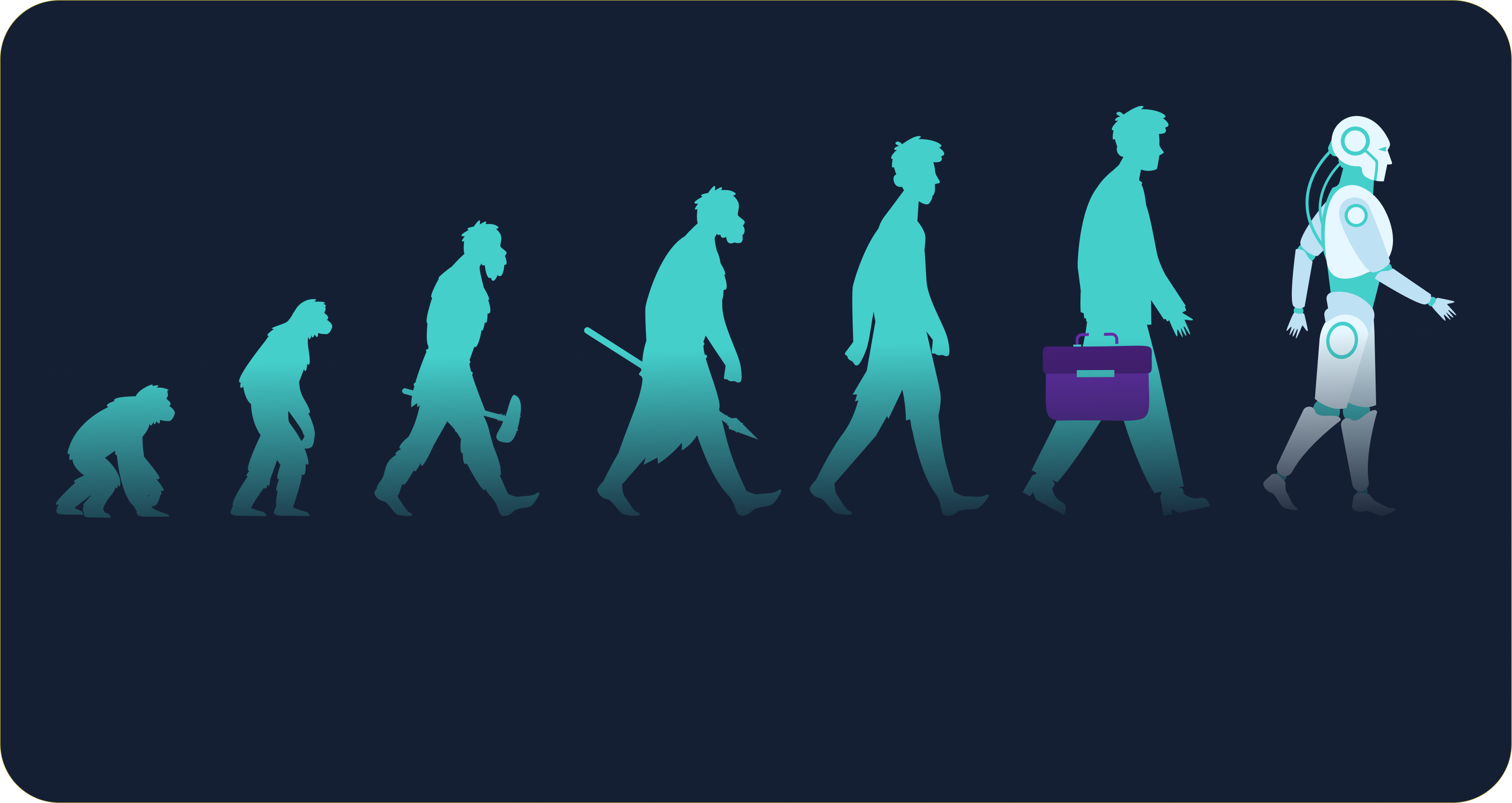The future of lending — ethical AI’s disruptive potential
How credit unions can be at the forefront of a tech revolution
In 2023, credit union loan balances increased by $96 billion, or 6.4 percent, year over year, totaling $1.6 trillion, while loan-to-share for the industry topped out over 85 percent.
With the industry achieving continued growth and financial success, it may not seem like the right time to make massive, fundamental changes to the way we do business. But, despite high levels of achievement at the macro level, those closest to the process know the hard truth: traditional lending practices often carry biases that disproportionately affect marginalized communities, perpetuating cycles of inequality. The good news is that the solution to persistent and pervasive issues surrounding fair and inclusive access to credit already exists, and it’s poised to disrupt the way financial institutions lend.
By leveraging the power of AI within an ethical framework, financial institutions can address systemic disparities across communities and enhance efficiency, profitability, and member service. So, what exactly is the problem? And what is the role of ethical AI in revolutionizing lending practices, mitigating biases, promoting inclusivity, and paving the way for a more equitable financial landscape while simultaneously driving the credit union industry’s continued economic success?
Who says you can’t disrupt from the inside?
Charles Darwin, father of the theory of evolution, famously said, “It is not the strongest of the species that survives, nor the most intelligent, but the most responsive to change.”
Over the past 40 years, the number of financial institutions in the U.S. has reduced by over 70 percent, while the number of branches has increased by over 60 percent, a trend for which there is no end in sight. Leaders who want to survive continued industry consolidation should look to Darwin for insight — change is inevitable, and those institutions most responsive to change will be the ones to survive and thrive. We can be the disruptors, or we can be disrupted.
Credit unions exist Not for Profit, Not for Charity, but for Service, and the eight principles of credit unions include the “development of communities, including people of modest means” and “building and serving more diverse, equitable, and inclusive communities.” The problem is the credit scoring models we use are riddled with bias, penalizing people from the very communities and backgrounds credit unions are meant to serve. Research from the Federal Reserve Bank of Kansas City in 2019 demonstrated that “young consumers, Black and Hispanic consumers, and consumers living in low-income neighborhoods” have lower credit scores on average, disproportionately limiting access to credit.
If credit unions exist to serve the underserved and the underserved receive limited access to credit due to outdated and less accurate scoring models, how do we support our mission? The answer is through fair, accurate, and inclusive AI models, ethically developed by diverse teams and back-tested for fairness. When traditional scoring models are replaced with ethical AI models, credit unions can expect increased approvals, decreased risk, and improved inclusivity across all loan products.
The status quo belief that nearly $100 billion in loan growth as an industry is strong enough that disruption is unnecessary must be challenged. The growth is good, but we can do better as an industry and should disrupt anyway.
Ethical AI — development, testing, and practical use
There are four overarching problems to address in improving access to credit through the use of AI, and we cannot establish an inclusive credit model without addressing all of them.
Problem one: data bias & model development
Data is not biased; it is not racist, sexist, or discriminatory in any way. However, AI can become biased if trained on data that is not ethically sourced and thoroughly vetted. One way to mitigate this bias is through hiring diverse teams of people to develop AI, which can help solve some of the most prevalent problems in credit decision models. It is also necessary to back-test models for unintentional bias, searching specifically for proxies for protected classes that do not substantially improve the accuracy of a model. This requires intentionality, naming the potential concern, and correcting for it. By creating diverse teams, identifying and reducing potential data bias, and adjusting models to maximize fairness, the data bias problem can be conquered.
Problem two: what we had was the best we had (until we had better)
Credit scoring has come a long way from the days when every credit request was based on one person’s perception of another’s character. Standardized scores, based on a small subset of factors, greatly improved fairness and accuracy and have been the best way to grant credit for decades. These models, which assign point values to specific behaviors and factors, were the best we had — until now.
Traditional national models only consider a couple of dozen factors, each of which is assigned a simple point value; once the points are “lost,” they cannot be outweighed by another positive factor.
Artificial intelligence, more precisely, machine learning, can effectively consider hundreds of factors and uses game theory to calculate how each factor works together — giving consumers the benefit of activities that counterbalance past behaviors to show a more accurate portrayal of risk and improve their chance for a loan approval.
In short, while we do not need (or want, for that matter) thousands of factors to be considered, more factors — considered as a system instead of in a vacuum — result in a better mousetrap. And because more accurate models lead to more automated decisions, fewer applications need to be sent to manual review to be put at risk of biased judgment of character.
Problem three: credit overlays & trusting the models
The historical method of credit risk mitigation includes a litany of “rules of thumb” that include maximum loan limits, debt and unsecured debt to income ratios, number of past-due accounts and amounts, past-due maximums, and more. Over time, more rules have been added, leading to many, if not most, loans falling out of automation and into the hands of individual underwriters, where consistent, unbiased decisions cannot be depended on.
For many credit unions utilizing more advanced credit models, these credit overlays remain a crutch, promising reduced risk but, in reality, increasing the risks associated with manual intervention. When using better, more predictive algorithms, the ultimate goal of the overlays — like taking the ability to repay and previous credit behavior into consideration — can be included within the models, which results in increasing accuracy, improving efficiency, and reducing bias. By transitioning these factors from hard-and-fast rules of thumb to data-based models, trust can be strengthened, and the third problem can be solved.
Problem four: what do we do with the people?
We cannot overlook many organizations’ very real concerns: if we utilize ethical AI models for loan decisioning, will we have to lay off employees? The simple answer is: no.
The more complicated answer is: retaining employees requires an intentional plan to reallocate talent to higher-value activities, reduce staff through natural attrition, and being willing to achieve savings over time. It also requires communication and a lot of it. However, with solid planning, credit unions can not only improve efficiency through growth but can also develop career paths for valuable employees, such as system administration, fraud mitigation, dealer outreach, product development, and other under-resourced areas.
So, what now?
There is a Clayton Christensen quote that is relevant to every facet of leading a business, particularly to this conversation. He said, “If you defer investing your time and energy until you see that you need to, chances are it will already be too late.” It is not too late to identify the need for accurate, fair, and inclusive credit access and to act. AI is the next technological revolution, and the ethical use of this technology can help credit unions survive — and thrive — for generations to come.
_____________________________________
Jenny Vipperman, CMB — President & CEO at ORNL FCU
An industry trailblazer, Jenny Vipperman is one of the first credit union leaders to adopt AI for credit underwriting.

